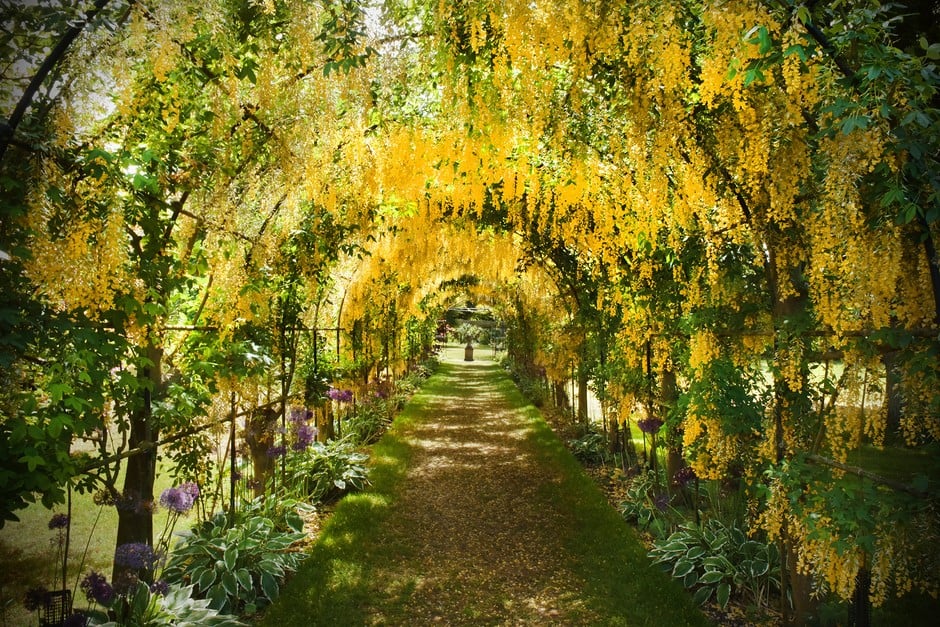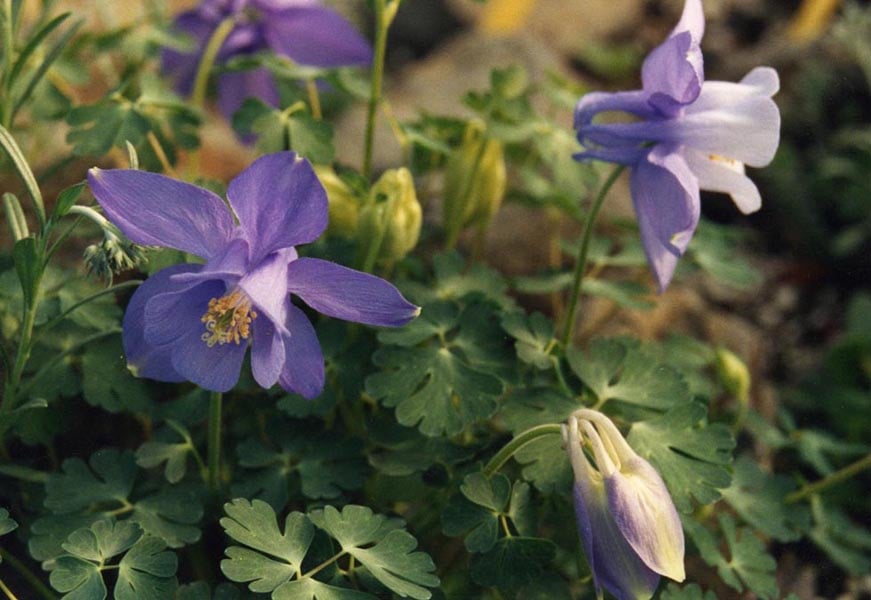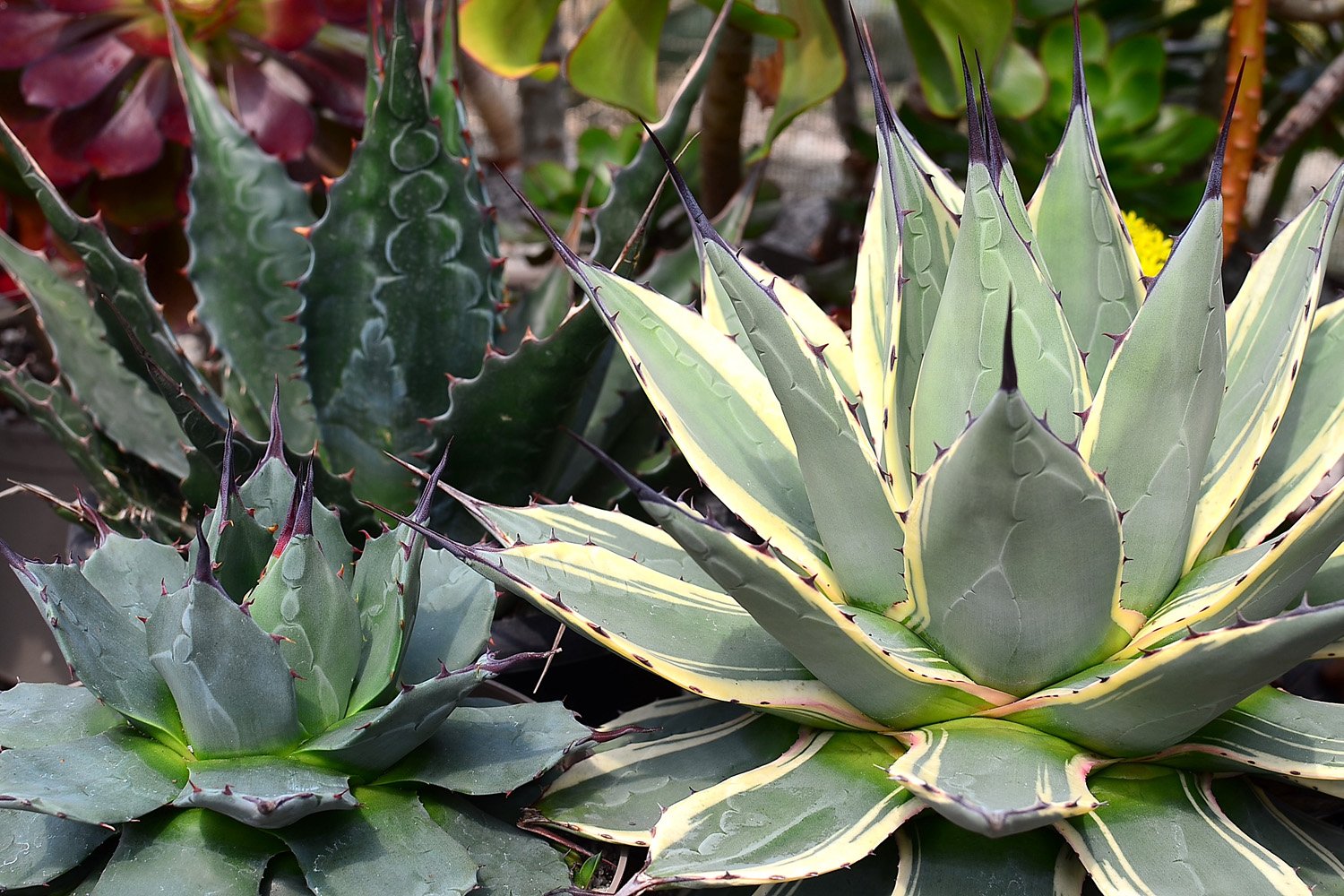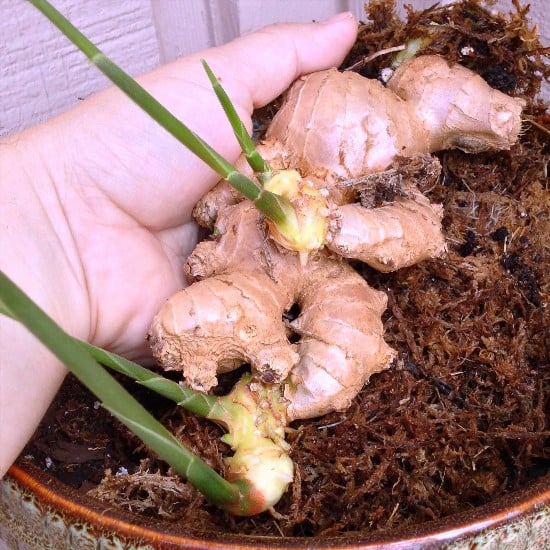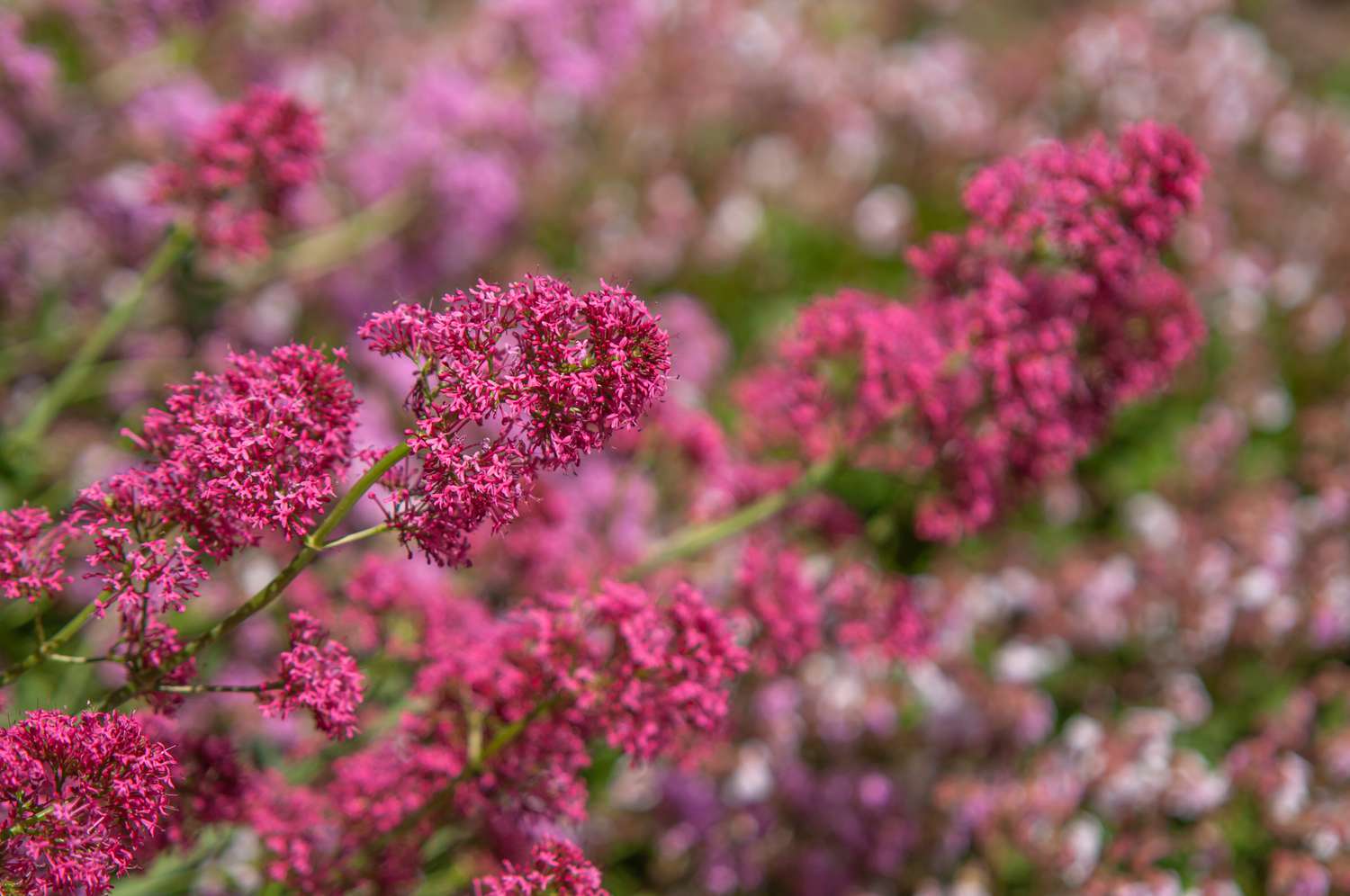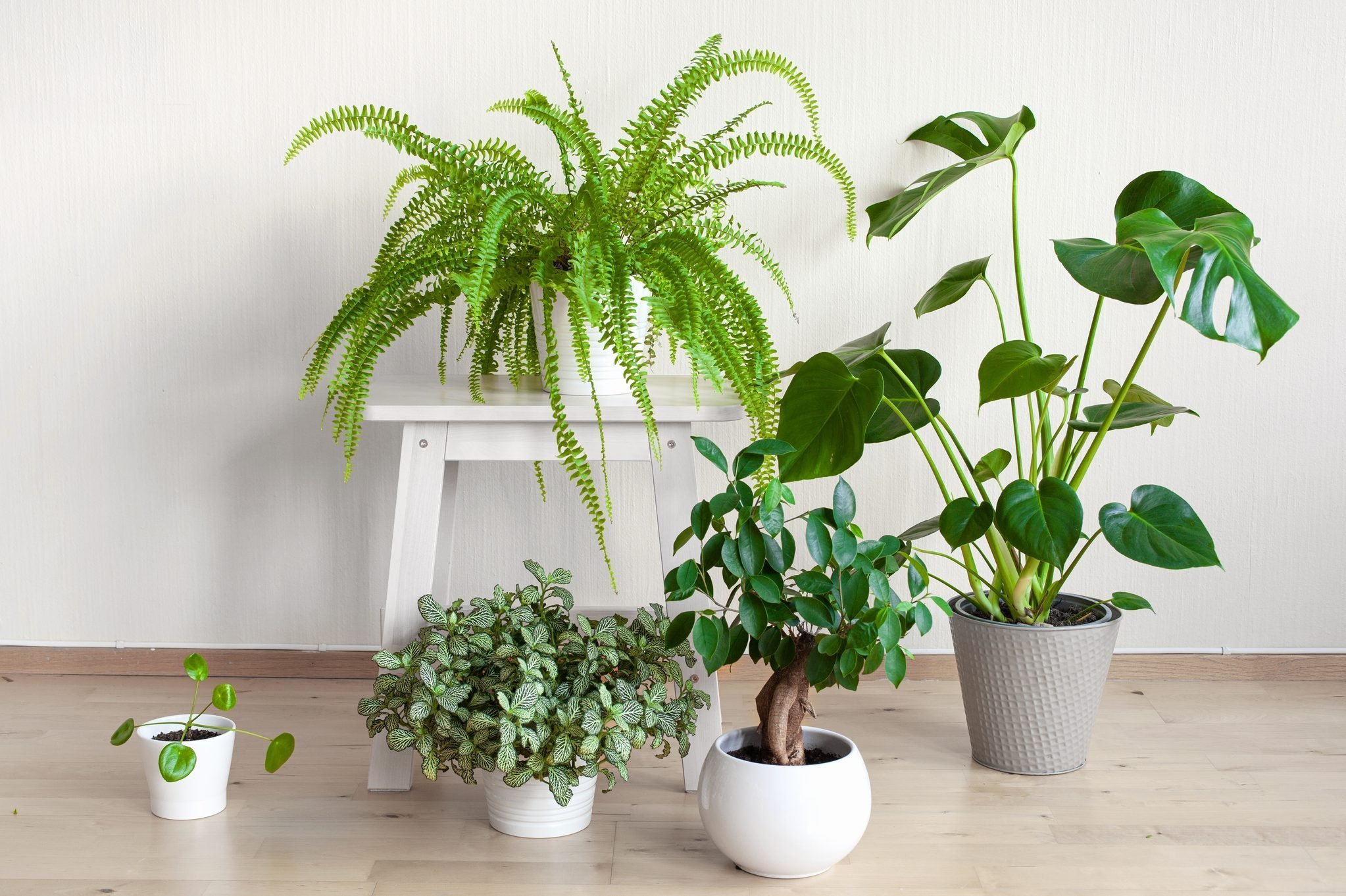A Complete Guide to Grow and Care for Astrantia ‘Masterworts’
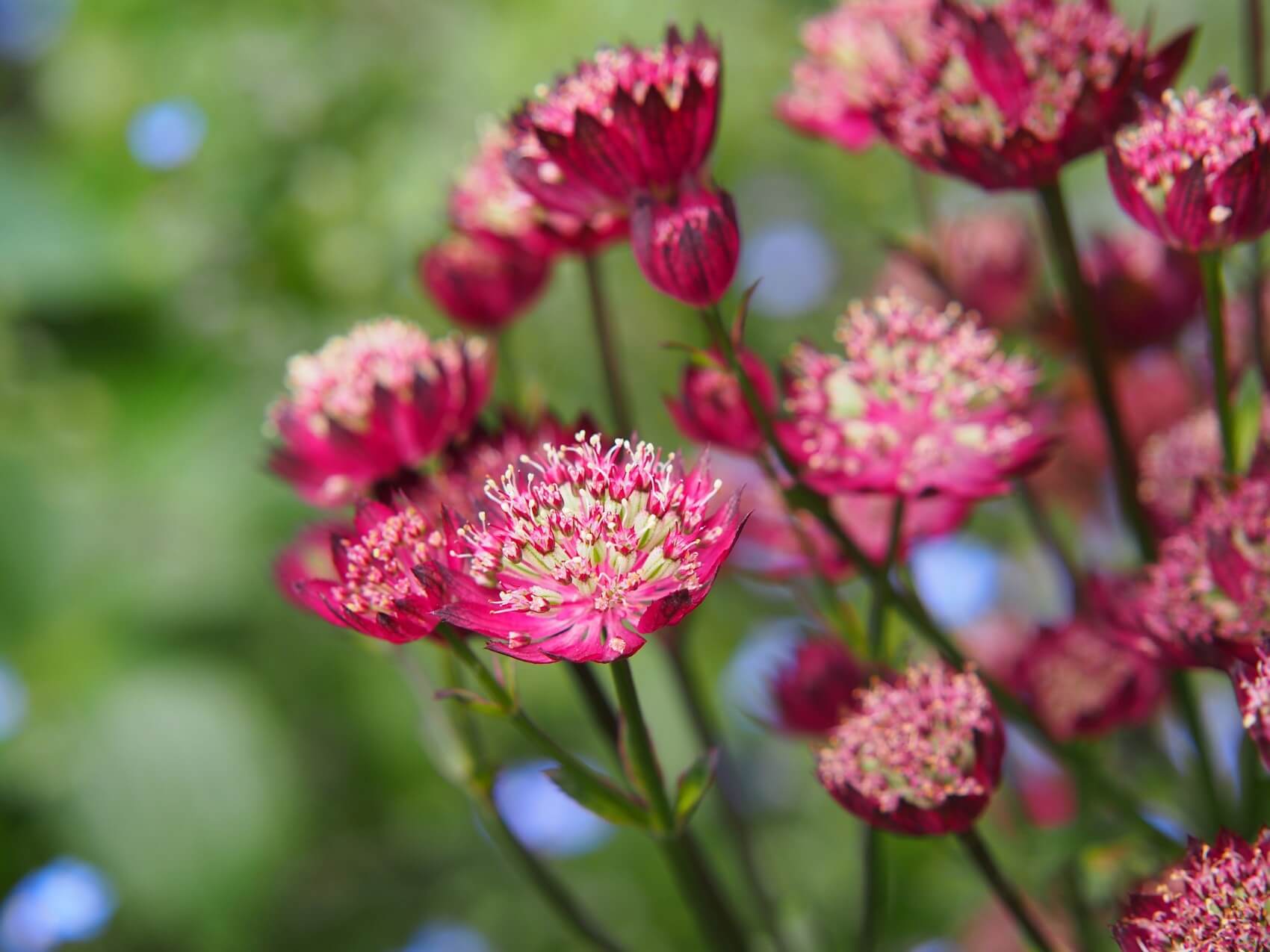
Table of Contents
Astrantias, also called ‘masterworts’, is a set of beautiful and unique flowers belonging to a family called Apiaceae. These flowers are tightly packed and have been called fireworks or pincushions because of their appearance. The flowers have large petals inside, which are crowded florets. These come in a variety of colours, such as greenish-white, purple, red and pink, and they are present on the top of a long green stem which is an added attraction!
These plants can easily blend in with other flowering plants, such as roses, and so they are commonly grown together. These flowers are being increasingly used in bouquets and decorations due to their exquisite appearance. Around 8 to 9 species of this flowering plant are preferred by gardeners, while the most planted variety is Astrantia. Such striking perennial plants are easy to grow in your garden.
Follow these three steps to have these plants bloom in your garden!
Step 1: How to Plant Them
1. Soil Requirements
These plants grow best in well-drained but moist soil. It should be rich and fertile, and clay soil might be an alternate option. They can grow well in soil with any pH as long as it doesn’t get dry. These plants grow well if they have access to water, so they are ideal for growing near streams or ponds in your garden. You can consider adding organic matter or mulch every autumn, as this will prevent the loss of moisture from the soil and contribute to its enhanced growth.
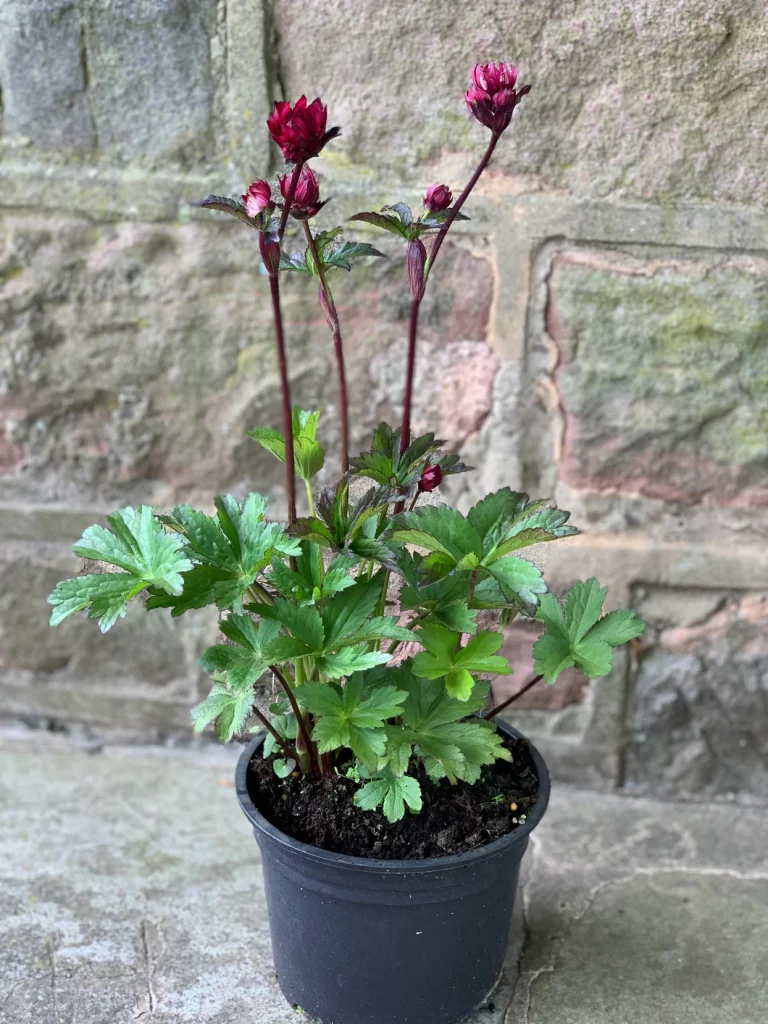
2. How to Grow Them from Seeds?
You can buy the seeds or collect the seeds from the flowers if you already have some Astrantias growing in your garden. You need to wrap the seeds in a plastic bag or an airtight box so that they are not exposed to anything external. You need to refrigerate them for 4 to 6 weeks. After this period, you will see that they have germinated. Then you can temporarily grow them in containers or pots and then transplant them. You can plant them in spring or fall and expect them to grow well and produce flowers the next spring or fall.
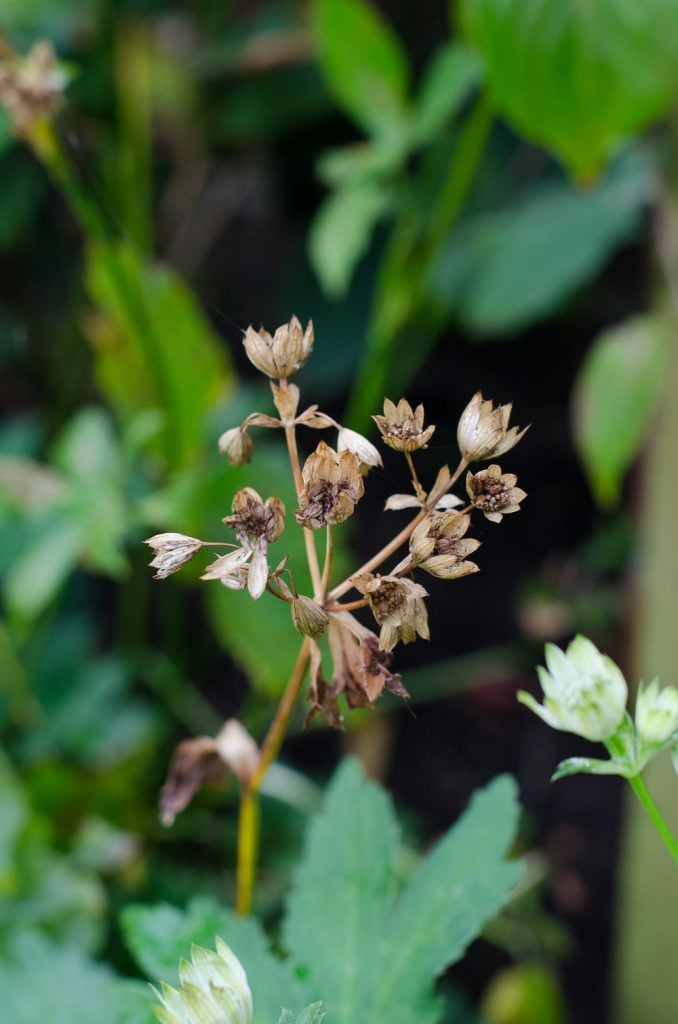
3. How to Plant Them?
After ensuring soil health, make sure to fill it with organic matter, as this will help the plant grow healthily. Make a planting hole, place the sapling or plant, and fill the hole with more soil gently. Check if you are filling too much or too little soil, as after you have filled it, it has to be firm. You need to pour water and continue watering them a little extra so that they get a head start and grow comfortably. This is especially necessary if your soil isn’t moist.
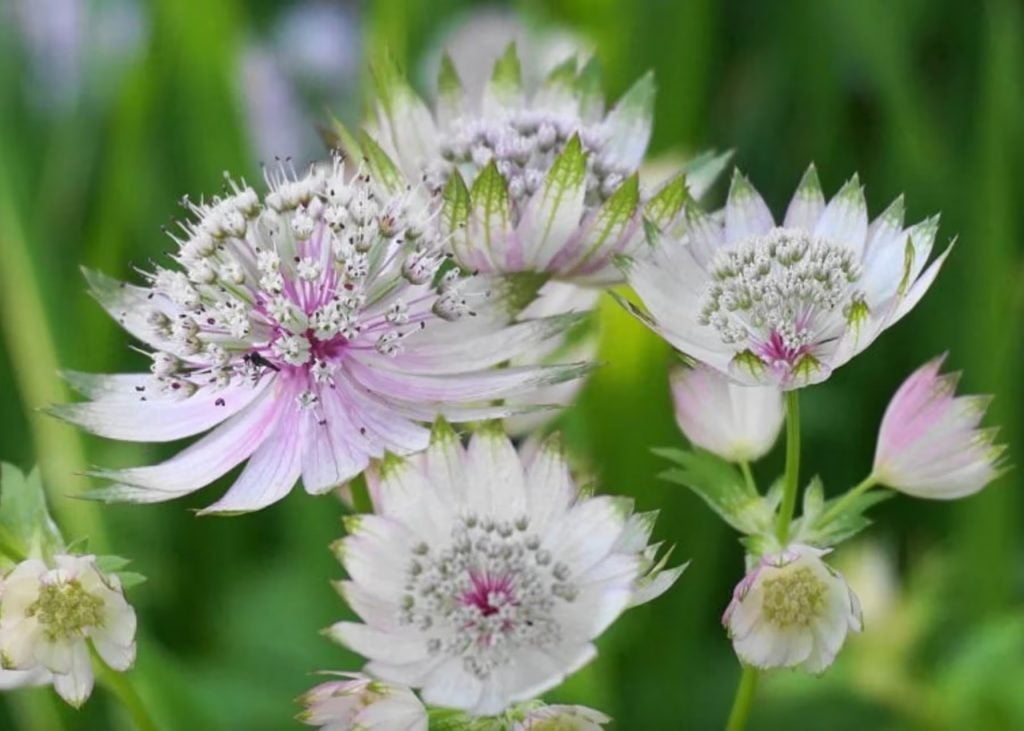
4. Where to Plant Them?
They can grow well in garden beds, pots or containers. These containers need to be large and have drainage holes, and they can be kept on a drainage plate. They can be later removed and transplanted into the soil if you desire. Since they don’t have a lot of spread, you can grow them in smaller spaces. You need to plant them in a space of 15 to 20 cm apart from each other.
Refer to the table to know when to plant and prune Astrantias.
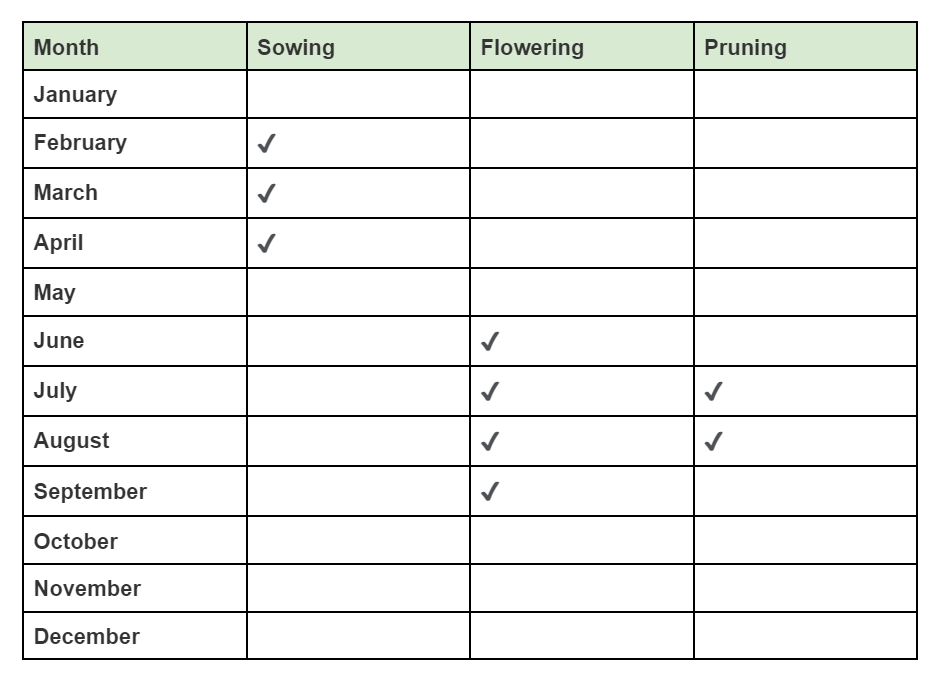
5. Sunlight and Watering Requirements
They can also be planted with plants that provide shade because they don’t mind growing in partial sunlight. These are commonly seen in woodlands, which is why they can also thrive in shade. Make sure not to expose them to direct afternoon sunlight, which may be very hot for them. Morning sun exposure is something they can handle. However, if you stay in regions where it is very cold, then they can tolerate some more sunlight.
Since they prefer moisture in their soil, they need to be watered regularly, especially if in hotter conditions. Even if there is a lot of water, these plants will thrive, but it may not be ideal for other plants as it will cause root rot. So if you are planting Astrantias with other varieties, ensure that the soil and water requirements for both varieties are somewhat similar or compatible. If there is less water, they can manage, but there will be fewer flowers and the leaves won’t be as bright.
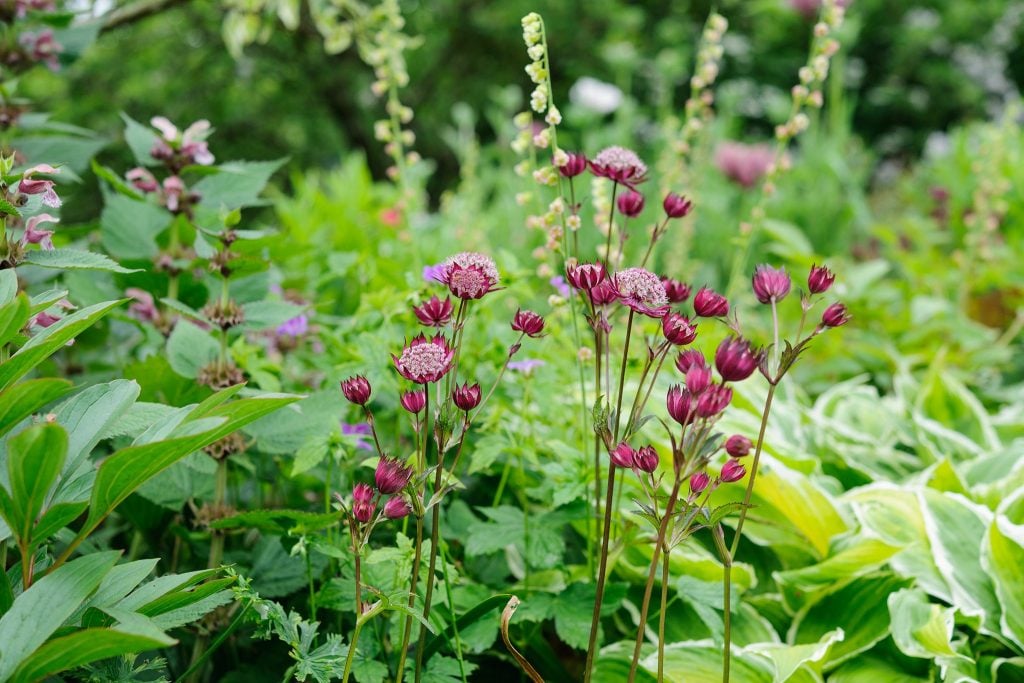
6. Hardiness
This refers to the plant’s ability to grow in different climatic conditions, including harsh winters and hot summers. The astrantia major plant has a high hardiness rating of H7, which was given by the UK’s Royal Horticultural Society. This means that this plant can survive in very cold conditions, even in temperatures below -20 degrees Celcius. They can grow easily in most regions and survive the extremely cold UK winters.
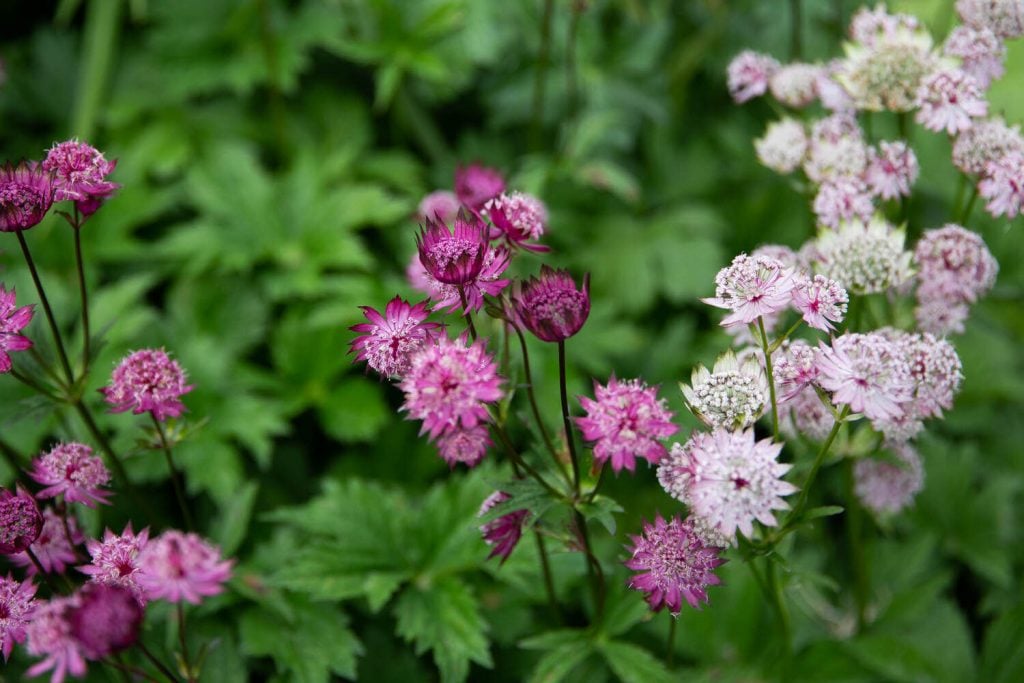
Step 2: Extended Care for Astrantia
1. Pruning and Deadheading
Pruning refers to the process of trimming the plant’s branches or leaves, whereas deadheading refers to removing dead and wilted flowers. It is essential to prune because only then can we make sure that unwanted branches are not receiving more nutrients. Astrantias don’t require you to prune them often, but you need to deadhead them in the blooming season. This way, you can increase the amount of time they produce flowers. One benefit of deadheading is that the flowers will not produce seeds which will leave out more nutrients for the flowers. You can cut these plants using secateurs, and you can cut them back to their stem after the blooming season ends. You can try pruning them in autumn, but since they flower around June, you can do this in March.

2. Applying Fertiliser
Although these plants don’t need fertiliser, they would grow well if they were fertilised about once or twice a year. Mulching refers to spreading some material, such as dead leaves, compost, etc., around the plant in the soil to prevent moisture loss and enrich the soil with nutrients. There are inorganic or organic mulches that will both improve the soil quality. You need to apply a layer of mulch so that these plants can grow in the moist soils that they love. This will ensure that weeds don’t grow and compete with Astrantias for nutrients and resources like water and sunlight.
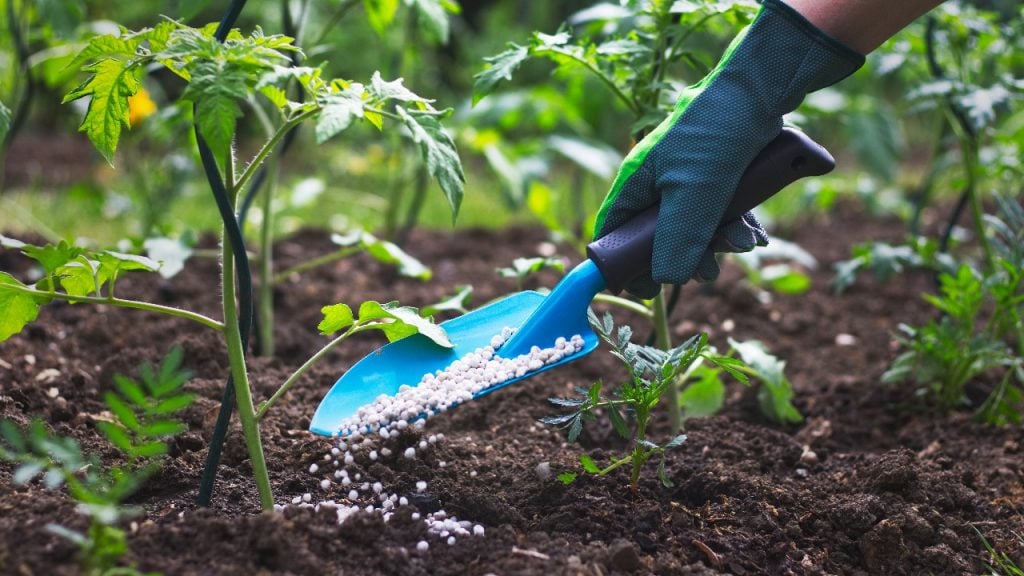
3. Taking Care of Pests and Diseases
These plants are quite resistant to pests and diseases. However, they might be susceptible to aphids and leaf miners. They can also have a fungal disease which makes the leaves look like they have some white or grey powder on them. This is called powdery mildew, and you can deal with this by removing the leaves or applying fungicide, which can be natural or artificial. These plants will not attract snails or slugs.
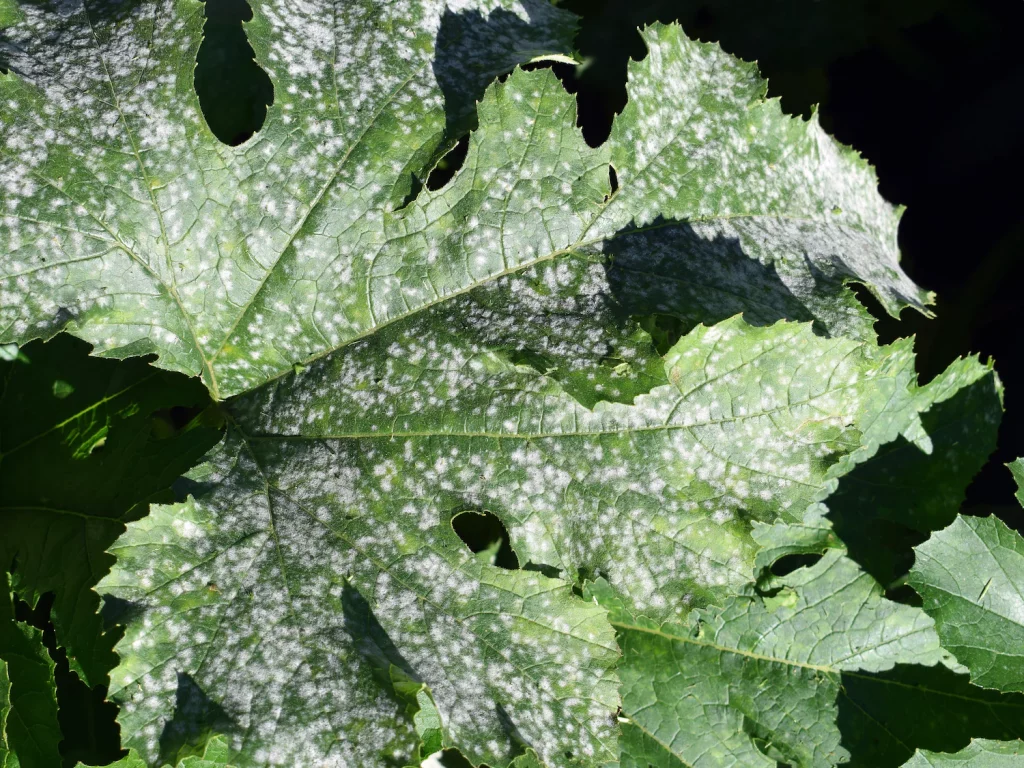
Step 3: Choosing from Different Varieties of Astrantia
There are several striking varieties of Astrantias to choose from. Some of the most common ones are mentioned so that you can choose your favourite plant.
1. Astrantia Major ‘Alba’
This is the most widely planted variety, which has fully white florets and petals that have a tint of pink in them. These bloom in the months of June till October. This may grow up to 75 cm in height and 50 cm in spread.
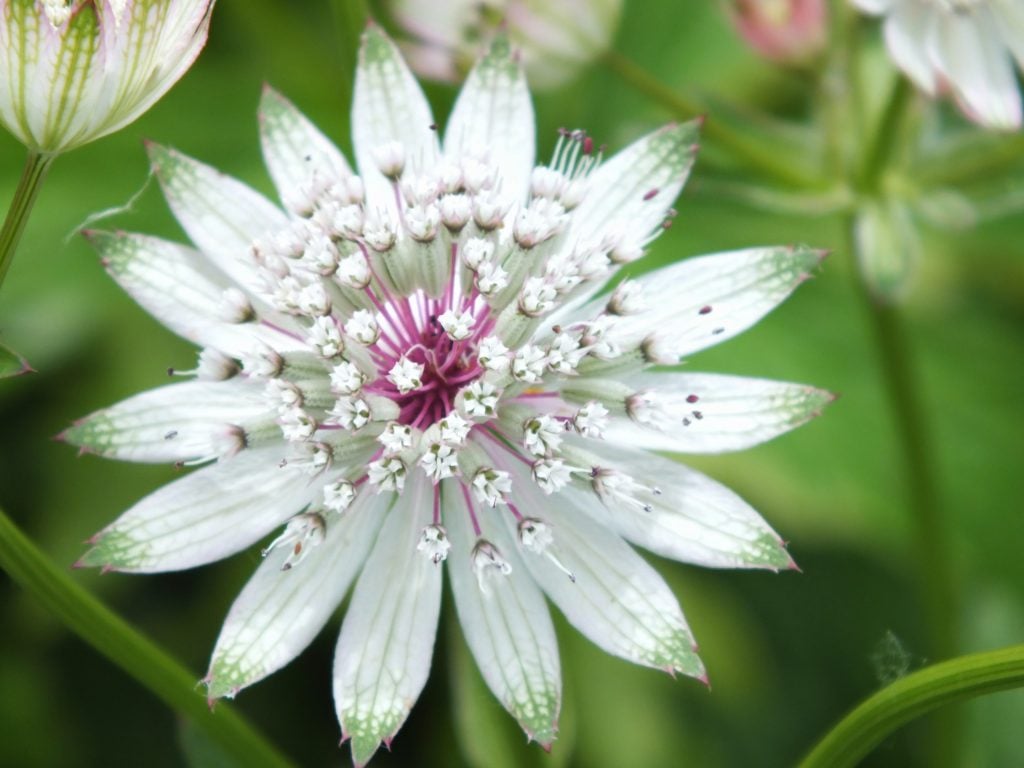
2. Astrantia Major ‘Burgundy Manor’
The petals of this variety are a deep shade of red and pink. The florets are deeper pink, while the edges of the bigger petals have a tint of red. This may grow up to 75 cm in height and around 50 cm in spread.
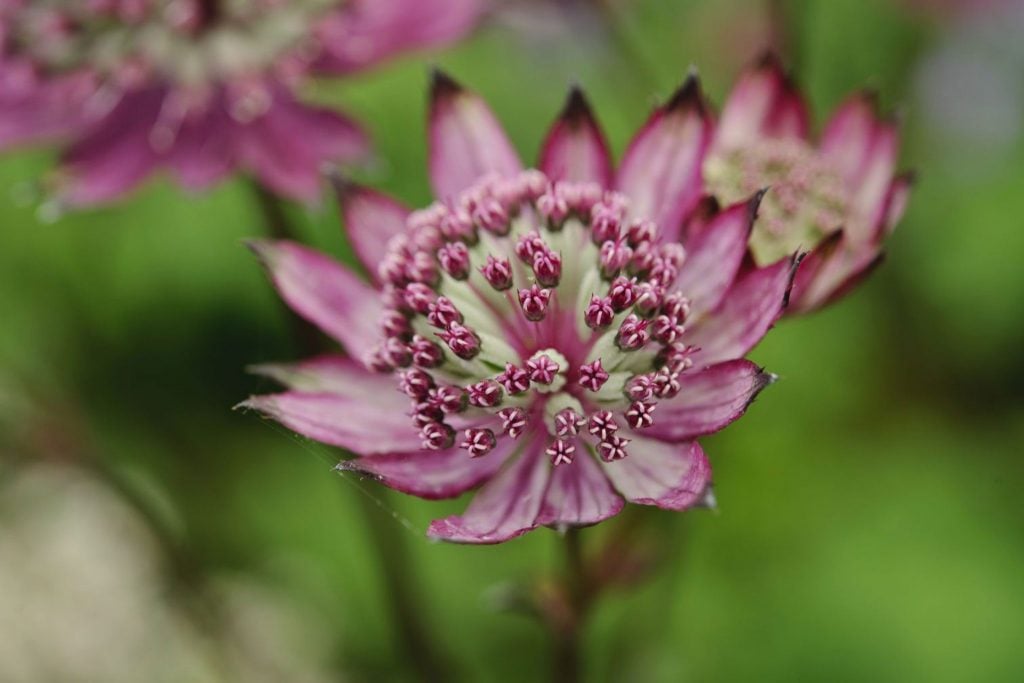
3. Astrantia Major ‘rosea’
This has a unique appearance as the florets, and the petals are a light shade of pink with tints of green. However, the florets have anthers which are red, so it looks like the flower has red dots against a pink background. The foliage for this variety is also a darker shade of green. It may grow up to 45 cm in height and in spread.
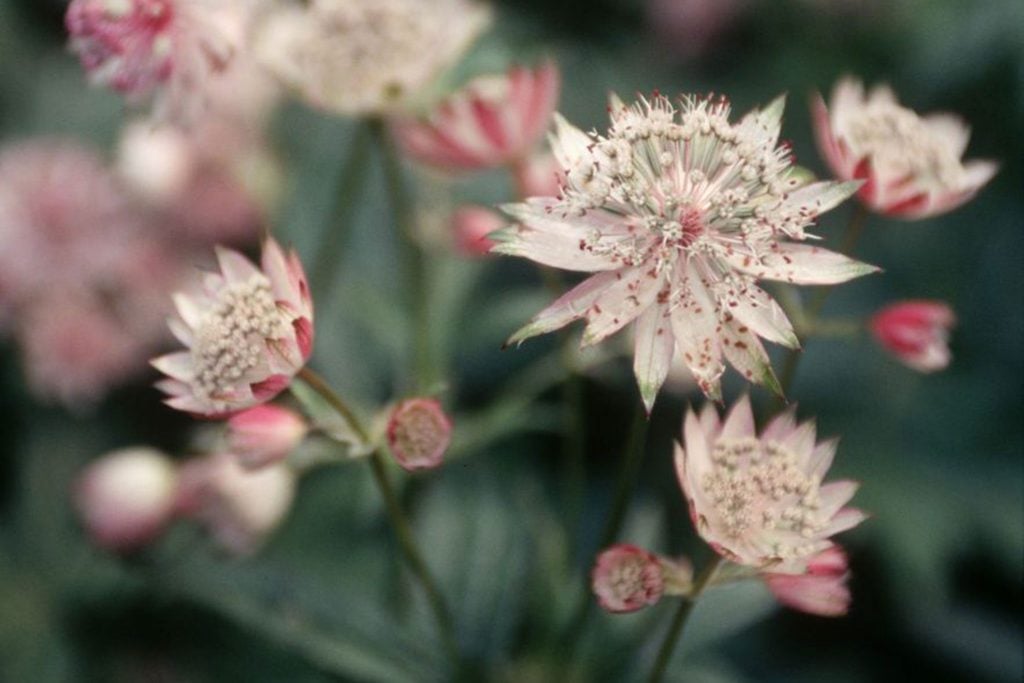
4. Astrantia ‘Star of Fire’
This variety produces beautiful deep pink petals and florets. This is what people imagine when we say Astrantias. The edges of the petals might have a tint of black, and the foliage will also have some streaks of pink and black. These grow around 75 cm in height and 60 cm in spread.
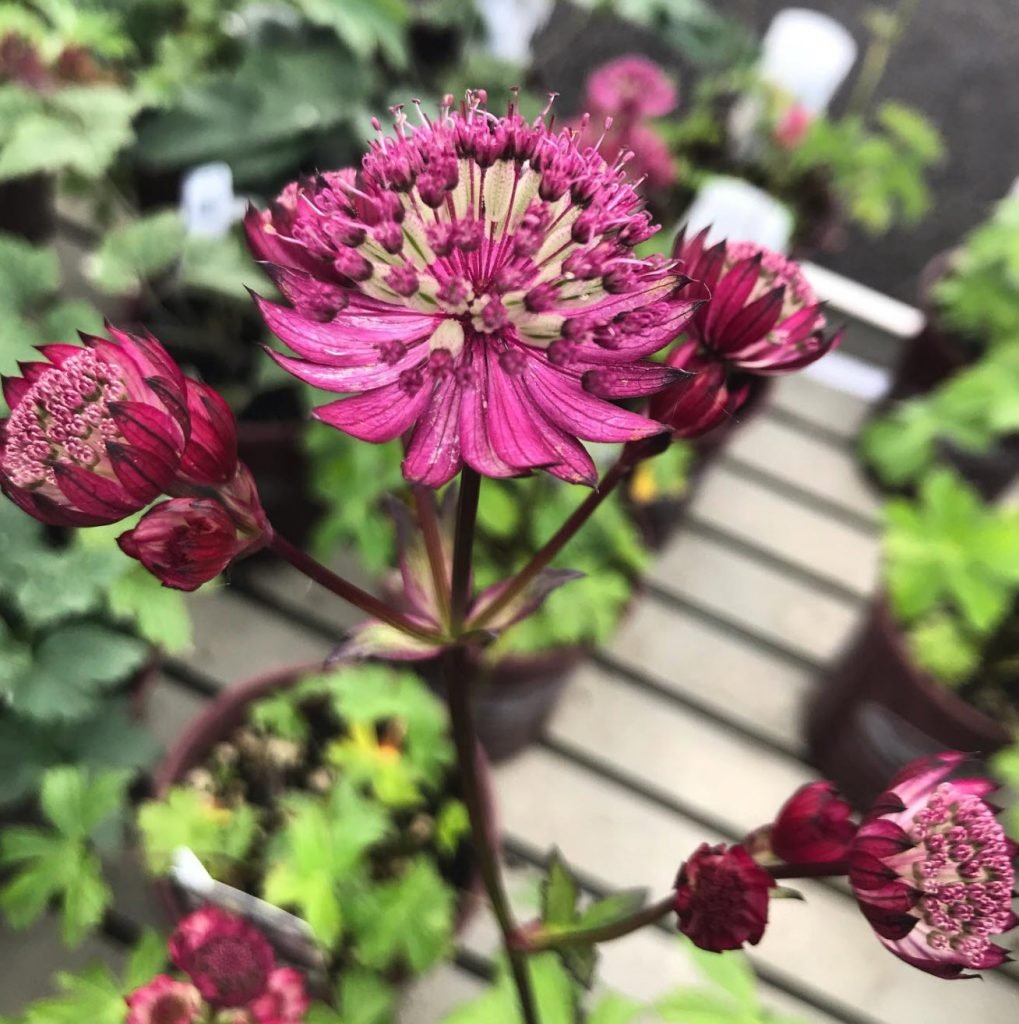
5. Astrantia Sunningdale Variegated
This variety is known for its stunning leaves, which have several shades in them. The flowers and florets may be white, and the anthers may be red or lavender. These grow up to a height and spread of 60 cm.
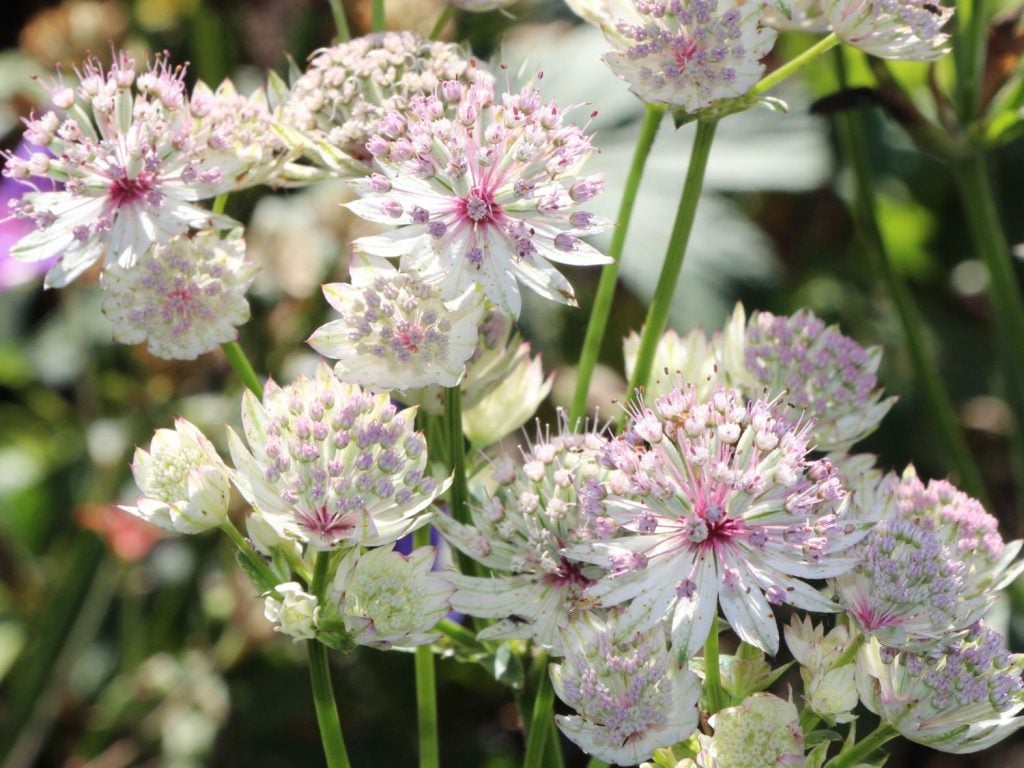
6. Astrantia ‘Madeleine – Van – Bennekom’
These plants produce flowers which are different from other Astrantia varieties. The petals are narrower, and the florets are white. But again, the anthers produced are purple, giving it a striking appearance. It blooms in summer, and the stem is shorter in this variety. It may grow up to 60 cm in height and 30 cm in spread.

Characteristics of Astrantia
These are also called Hattie’s pincushions and are native to Europe. These are perennial plants which means that they bloom once a year, but they keep giving flowers year after year. They may grow up to 1 to 3 feet (30 to 90 cm) tall and around 1 to 2 feet (30 to 60 cm) in spread. These flowers bloom during spring and summer. They grow very well in moist and well-drained soil, which is acidic or neutral.
They can grow well in the shade as well, and that is the reason why these plants are a beloved choice for gardens that don’t receive a lot of sunlight throughout the year. These plants make a perfect choice for garden beds as their hardiness level, according to UK ratings, is H7. These plants will bloom in a year or so after you have planted them, but they typically take around two to five years to reach their full blooming capacity.
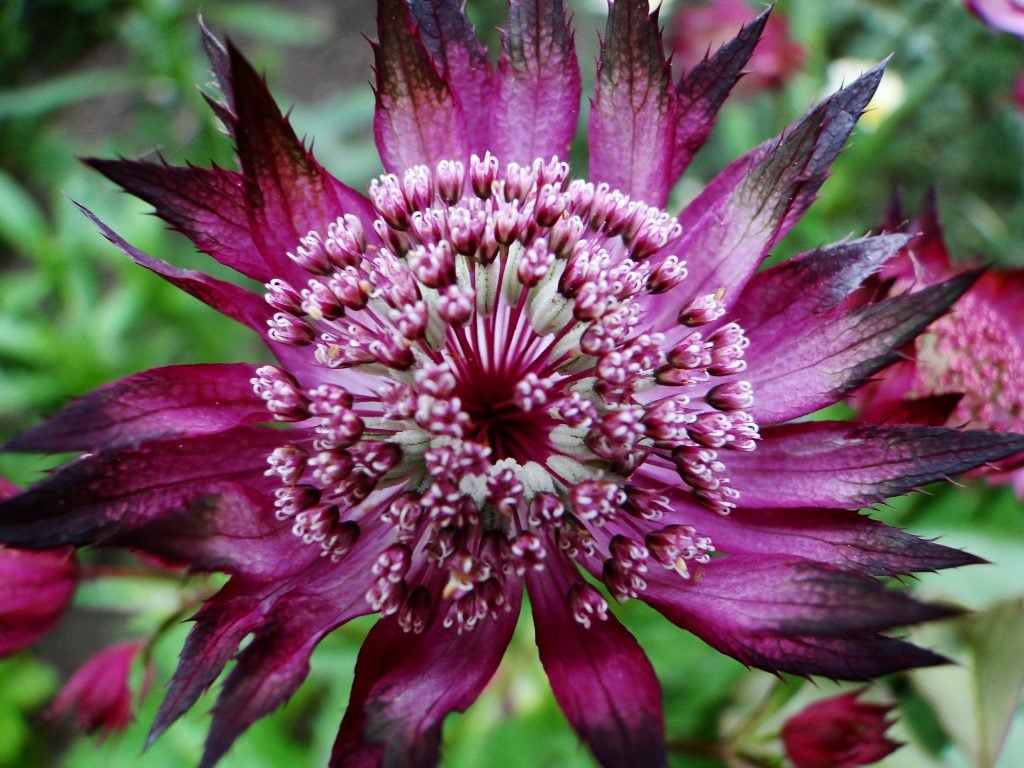
Plants that Grow Well with Astrantia
The following are a few plants that grow well with Astrantia.
1. Astilbe
It is also called a ‘false goat’s beard’, an ornamental and perennial plant which have a fern-like appearance and produces feathery flowers. They also thrive in partial sunlight only.
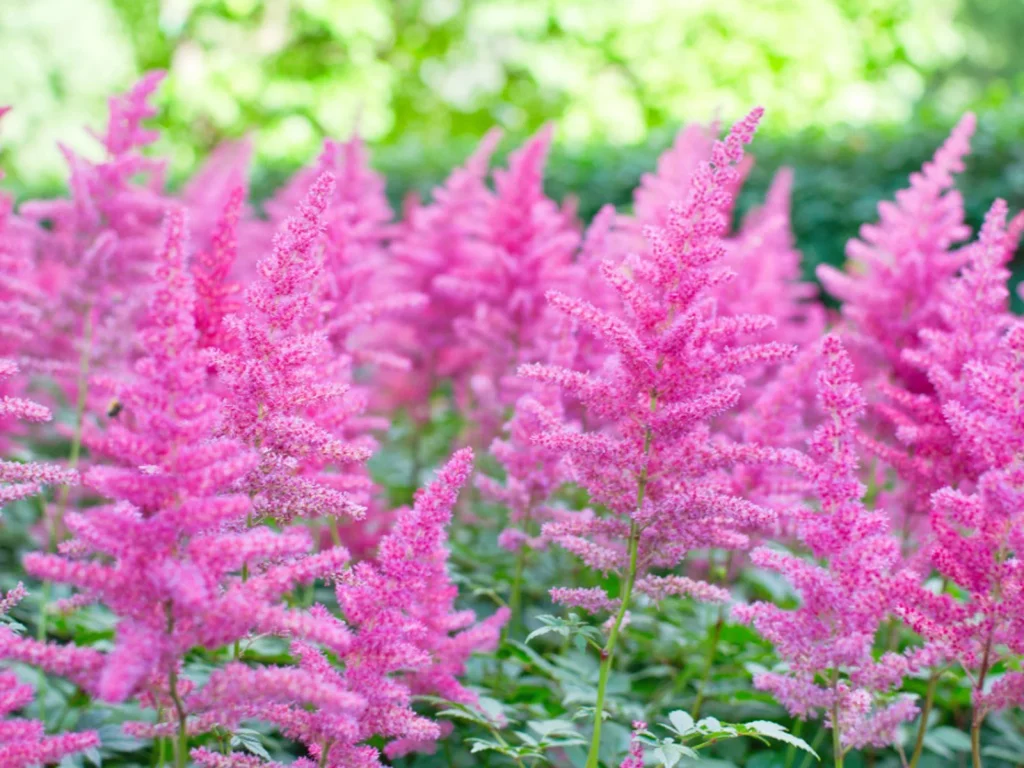
2. Ligularia
It is also called ‘leopard plants’ and are part of the sunflower family. They have bright yellow flowers, and the foliage is big and striking. These are also perennial plants that thrive in the shade.
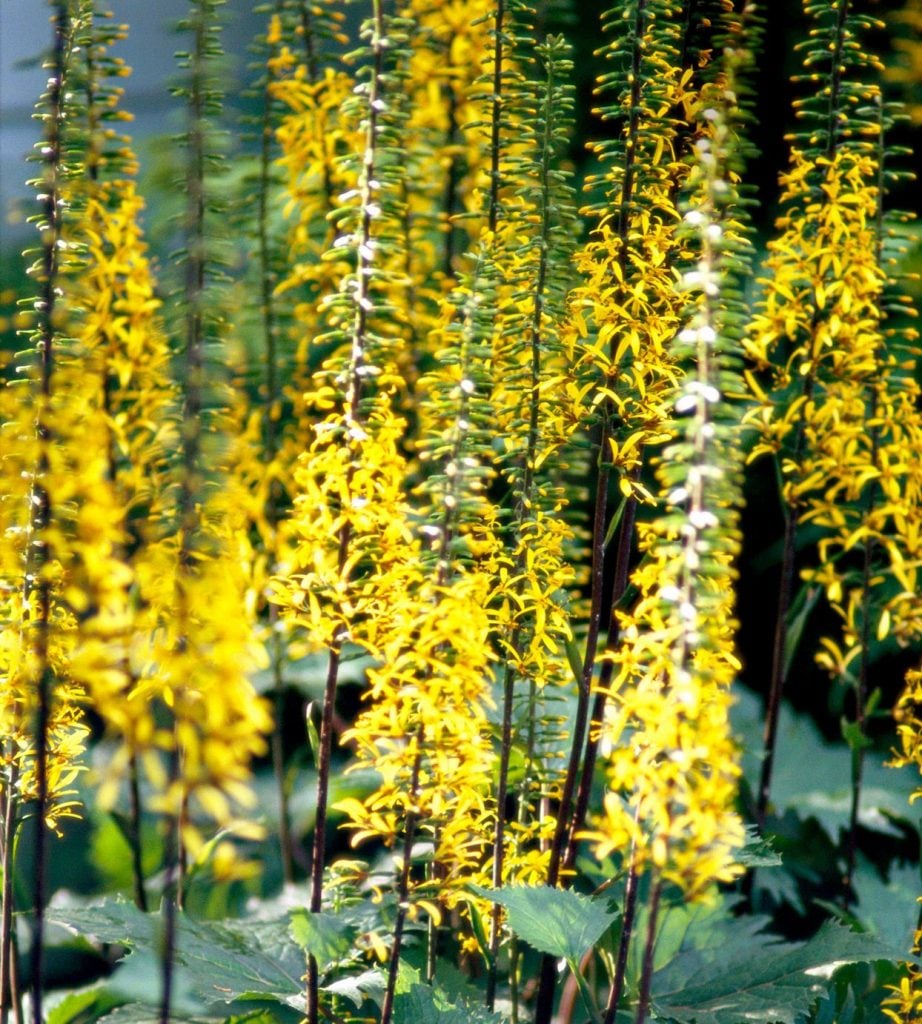
3. Ferns
It can be grown along with Astrantias. Although they don’t produce flowers, they have interesting foliage. And for this reason, they are grown as ornamental plants, and they prefer to grow in moist soil and cold climates.
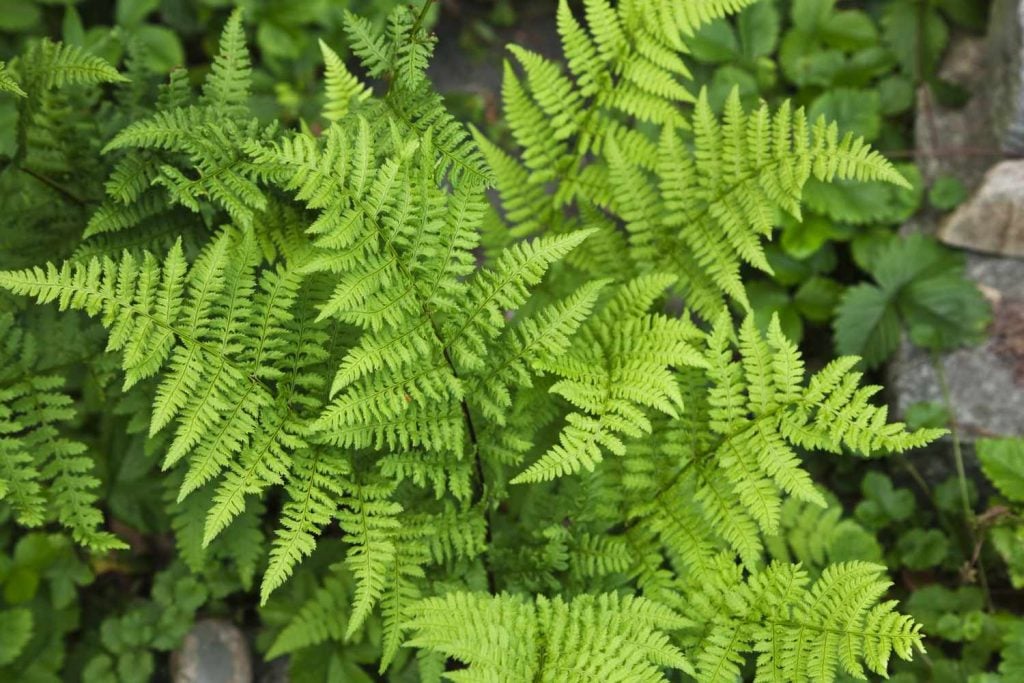
4. Hostas
It is also called ‘plantain lilies,’ which produce beautiful thick foliage that is easy to maintain and grow. They don’t grow very tall, and they also thrive in partial shade, just like Astrantias.
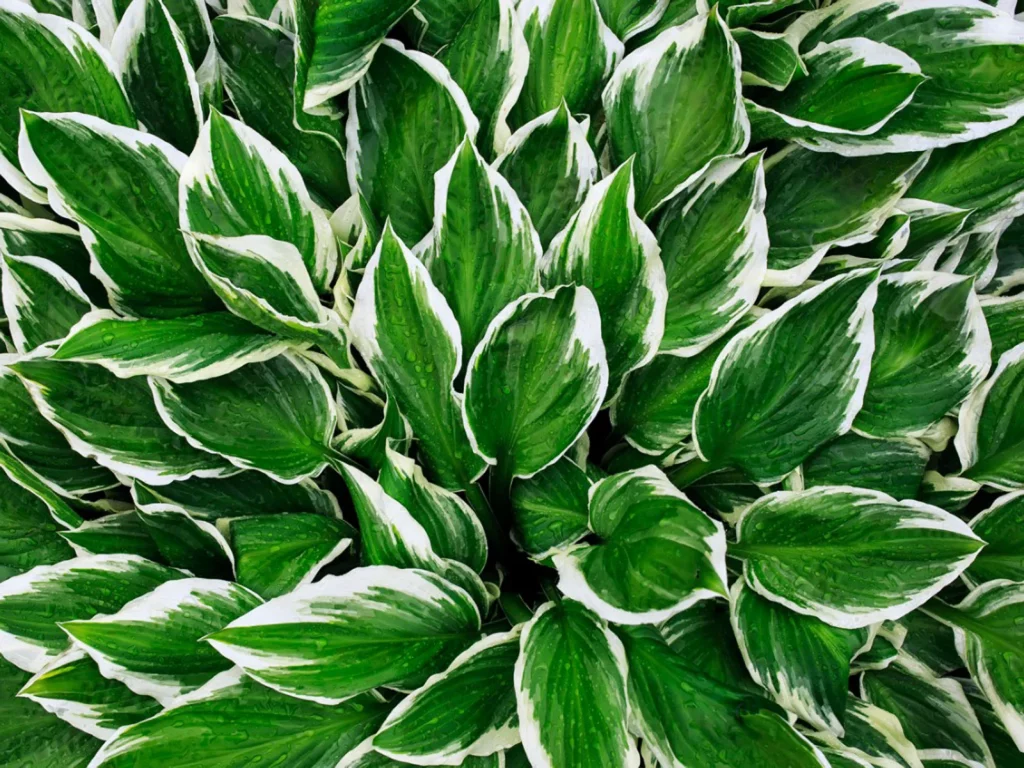
Summing It Up
All in all, astrantias produce flowers that are intricate and come in different shades, such as pink, red, and white, with tints of green. There are several different varieties to choose from which produce differently coloured flowers or striking foliage. These are perennial plants that prefer to grow in moist soils and partial shade. You can add a layer of mulch to prevent moisture loss.
These plants are ideal for growing in garden beds and large containers. It is best to prune them in March and deadhead the flowers during the blooming season. Although they don’t require any fertilisers, providing these plants with them once or twice a year will ensure good growth. They are not susceptible to a lot of pests except powdery mildew, which can be combated against using fungicides.
Now that you have the steps to grow them, it is your turn to grow these aesthetically pleasing, easy-to-care-for plants!
Frequently Asked Questions
Is Astrantia Easy to Grow?
Yes, they are one of the easy-maintenance flowering plants. All they need is moist soil and continuous access to water (preferable). Their hardiness rating is H7 which indicates that they can survive extremely cold conditions. They can grow in partial sunlight exposure and need to be pruned and deadheaded (removing flowers) only once a year.
Should I Prune Astrantia?
Astrantias can grow well even without pruning. However, they might manage this by reducing the number of blooms and leaves. Therefore, it is best to prune them at least once a year during March. This will also help to remove any dead branches or leaves affected by pests. It is more important to deadhead the flowers after they wilt because otherwise, they will produce seeds, and this is not ideal for their growth.
How Often Do I Need to Water My Astrantia Plants?
It depends on the soil and climate. If you stay in hotter regions, then watering them often might be good for their growth. However, if your soil is moist and these plants have access to water, then you can water them less often. You can also apply a layer of mulch around the base to prevent moisture loss, and this way also, you can improve their growth.

